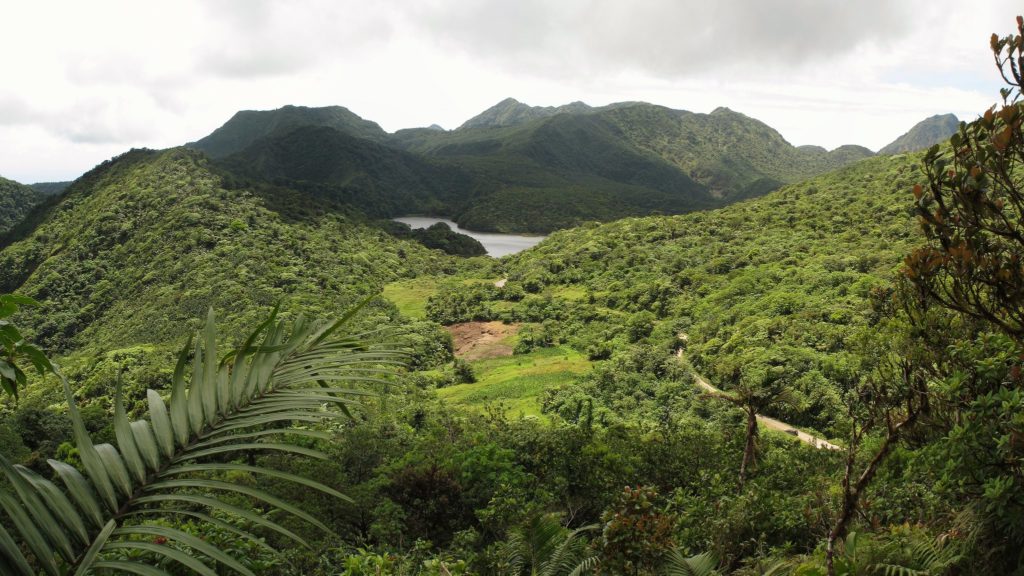
The Isle of Skye, West Coast, Scotland, is a composition of lakes all around, reflecting the greyish-blue sky on their surfaces. Soft, sharp and ragged slopes and peaks surround them, creating a sea of green and brown waves around the flat lakes. Skye is the largest island in the Inner Hebrides archipelago of Scotland.
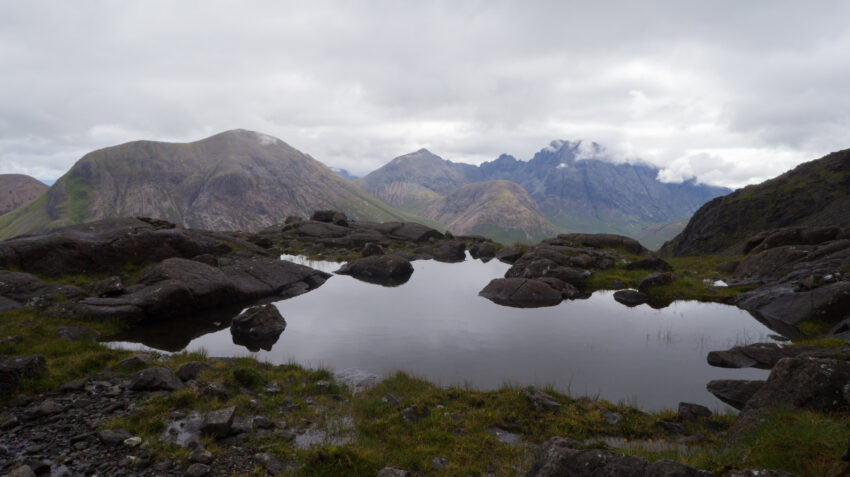
Things To Do
The Cuillin Hills
The staggering Cuillin Hills are the main focus on the Isle of Skye; indeed, these jagged dark mountains stand out from the scene. The Cuillin Hills are visible from almost every point in the island, and offer an exciting climb to every type of mountaineer, no matter their level of skill. According to the type of rock they are made of, the Cuillin range can be split into two groups, making it easier to identify them.
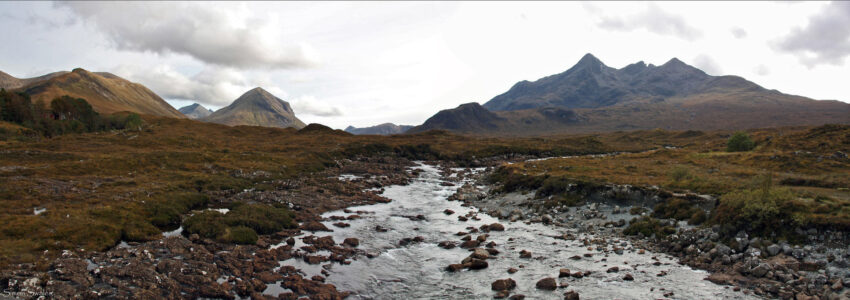
Source by SwaloPhoto on Flickr – Under Creative Commons license
The Red Cuillin are made of red granite, occasionally giving them a faint reddish glow in certain lightings. You can easily find them if you look for low rounded hills.
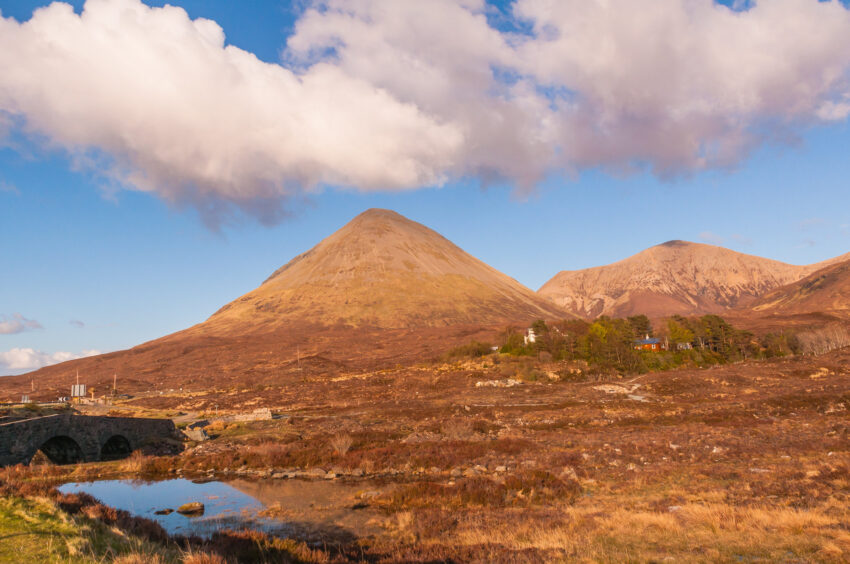
Source by Philip N Young on Flickr – Under Creative Commons license
Now, the Black Cuillin are made of basalt and gabbro, and have more jagged and steep peaks. This makes them look notably darker, sharper and far more intimidating than their softer counterparts. In this last group, you will also find the highest point on Skye: the 992-meter high summit of Sgùrr Alasdair.
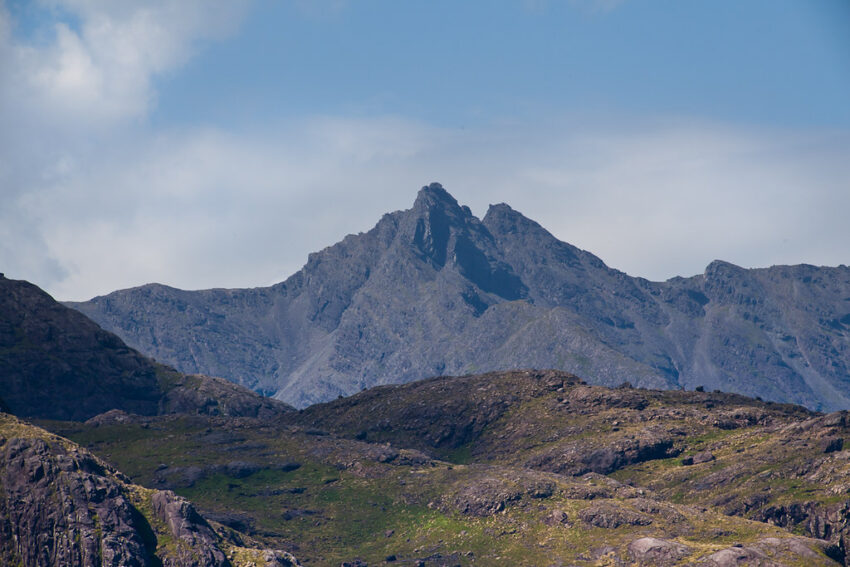
Source by M.E. Sanseverino on Flickr – Under Creative Commons license
The Neist Point Lighthouse
However, there is plenty more to see in the Isle of Skye than just the impressive Cuillin. The island’s entire coastline will stun you with towering cliffs overlooking the sea. All around, wavy green farmlands slowly become pebble beaches. Not to mention the white and yellow Neist Point Lighthouse, on the westernmost point of Skye, standing out among meadows and wildflowers. Its vibrant colors create a surprisingly attractive contrast between the grey sky filled with seabirds and the dark hills on the background.
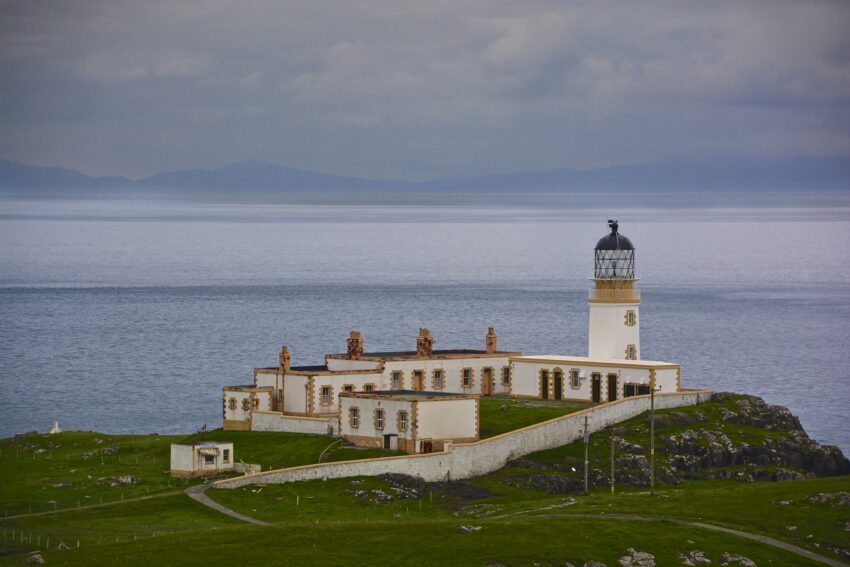
Source by Antonio Cinotti on Flickr – Under Creative Commons license
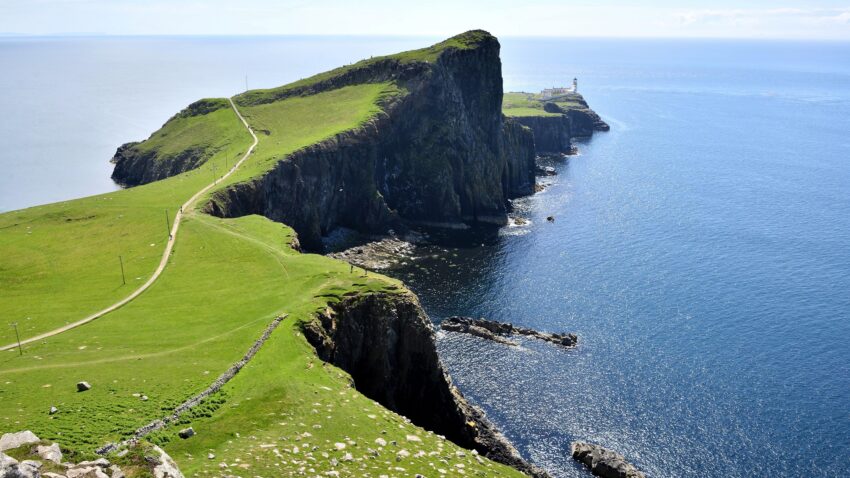
The Storr
On the Trotternish Peninsula, you will find a rocky hill called the Storr. This symbolic place is a group of distintive volcanic plugs that are weirdly shaped like sharp pinnacles at the base of its abrupt cliff front. The Old Men of Storr is certainly the most famous one.
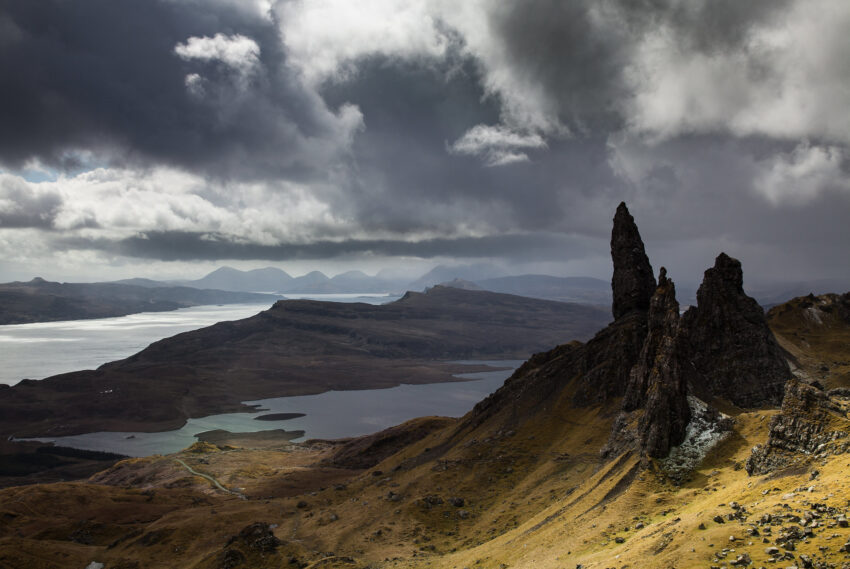
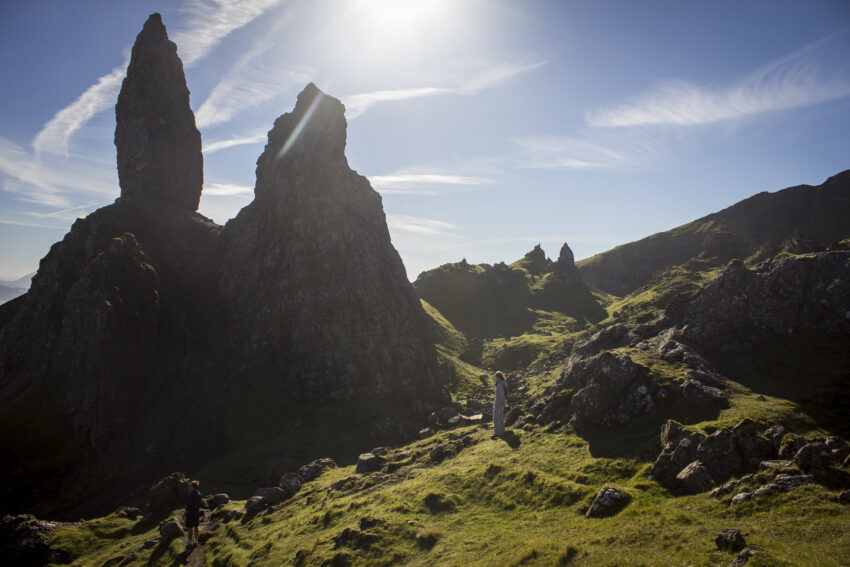
Wildlife at Isle of Skye
Skye’s wildlife will amaze you just as much as its scenery. What are rare sights in other places of the world, are actually common things here. Above all, contemplating the unique white-tailed sea and golden eagles in the Cuillin Hills is a highlight.
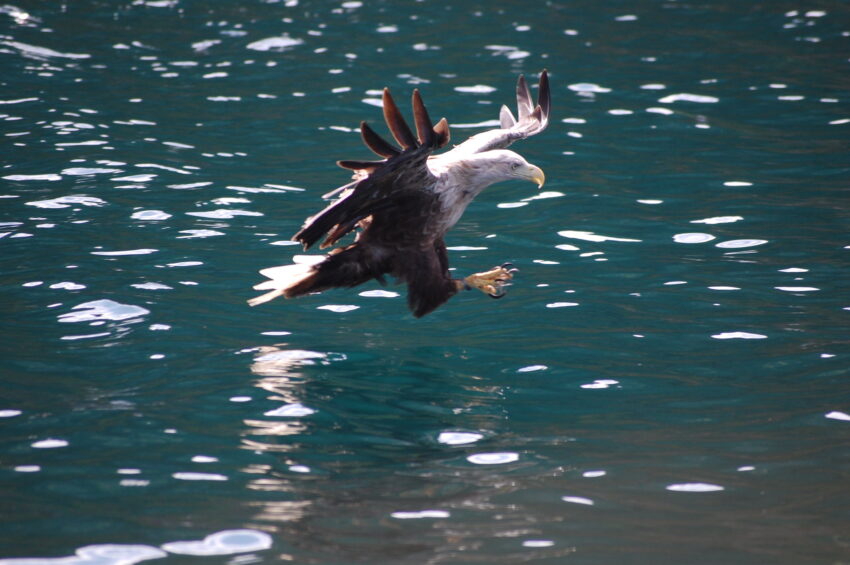
Likewise, you will even find animals that you wouldn’t immediately picture in this environment. For example, if you visit during the summer, you will encounter minke whales, dolphins and even basking sharks in the island’s inlets and lochs. Besides, otters show up in all seasons. You can also get the chance to see a stunning red deer, cows and bulls on land.
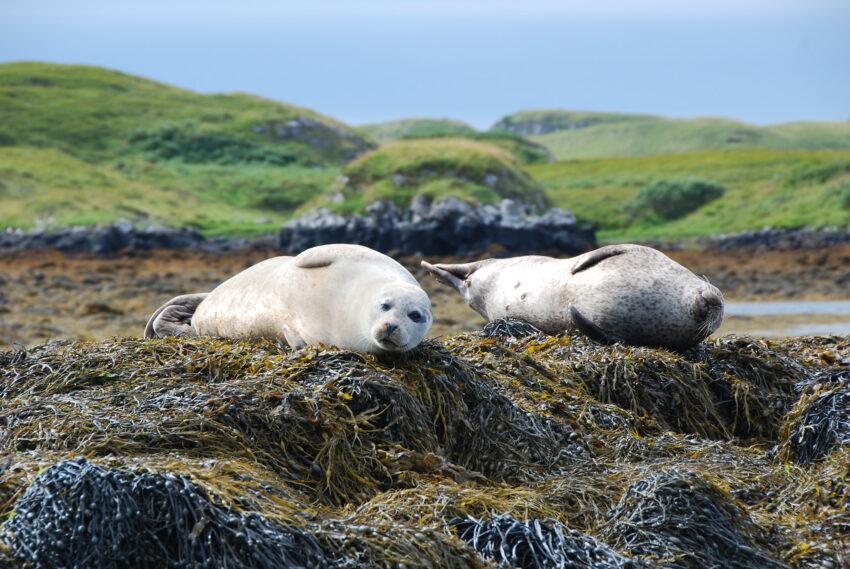
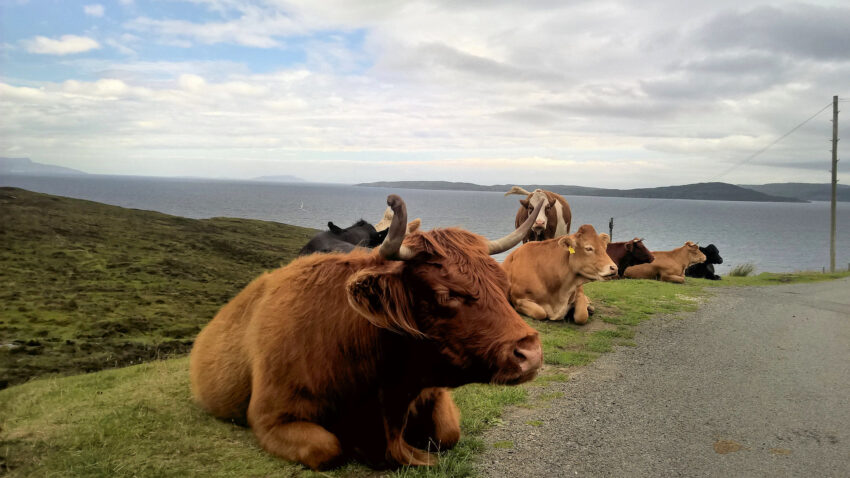
Talisker distillery
Even though Skye’s latitude is the same as Moscow’s, the island is situated in the warm Gulf Stream. For this reason, the weather here is a lot milder and more unpredictable. One minute you can be trapped in a sudden downpour, and then have the sun peak out through the heavy grey clouds. However, if it does rain while you’re there, take the cahnce to visit the Talisker distillery at Carbost. This is the only single-malt distillery on the island.
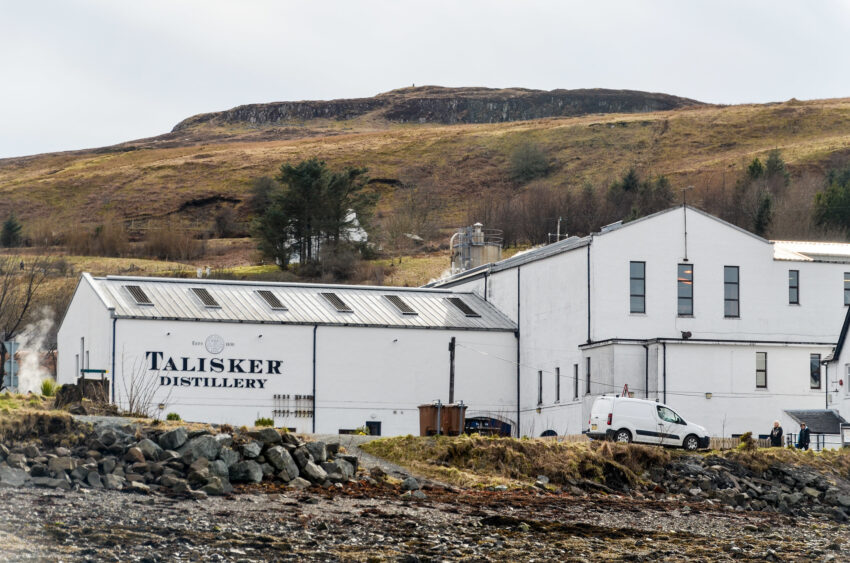
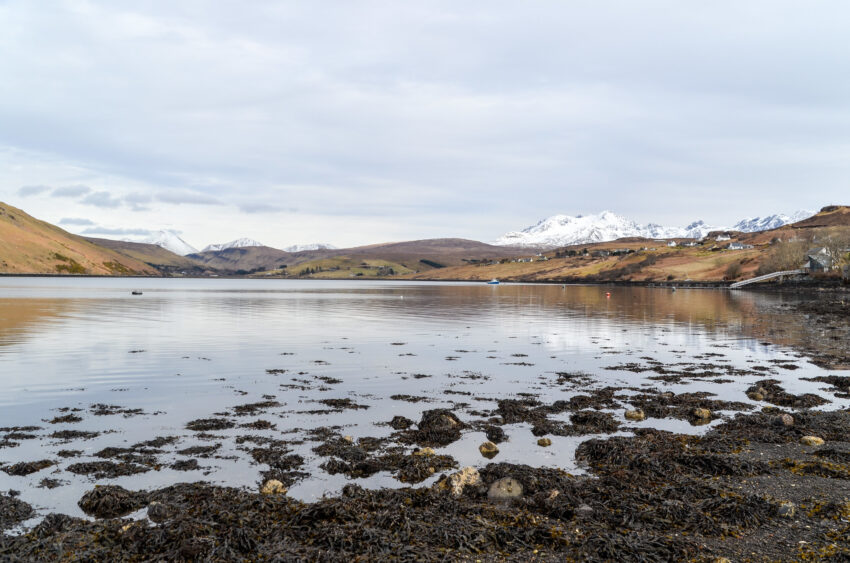
The Gaelic culture
The Gaelic culture is highly appreciated on Skye. In fact, the island gets sometimes called by its Gaelic name: Eilean á Cheò (Isle of Mist). Almost half the inhabitants speak the language. Besides, the heritage of folk music is also strong. In fact, there is even an annual Isle of Skye Music Festival in June, where several famous folk singers perform.
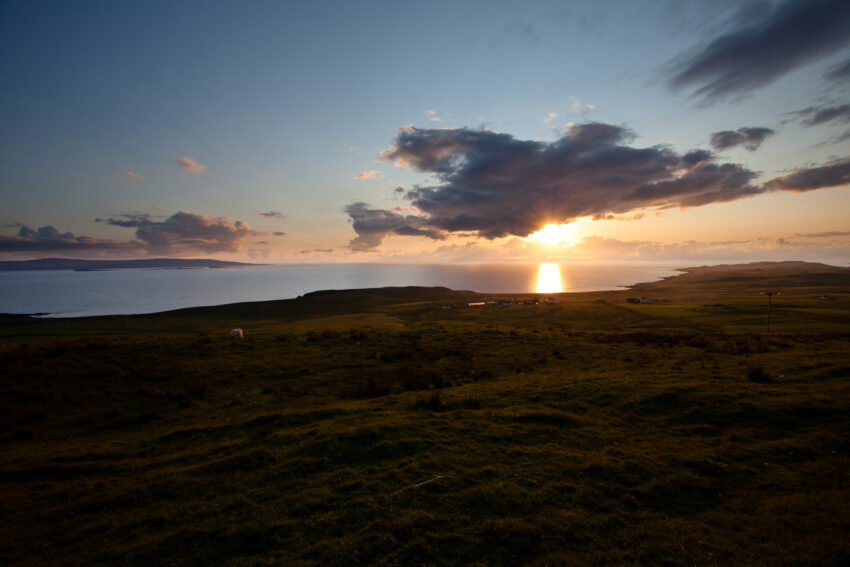
How to get there
You can take your car or a bus from Inverness and Glasglow over the Skye Bridge, and then take the train to Mallaig or the Kyle of Lochalsh on the mainland. Finally, a ferry will take you to Skye or any of the other surrounding islands. You can get to Inverness and Glasgow from almost every part of the UK.
History
If you pay enough attention, you will notice that the Isle of Skye is filled with history. The Romans knew about the island, and even Greek geographer Ptomely recorded it. Around, cairns and standing-stone circles from Neolithic times are present. In addition, you can find dinosaur footprints at Staffin Bay. The island’s name supposedly comes from Old Norse, which also hints at direct contact with the Vikings.
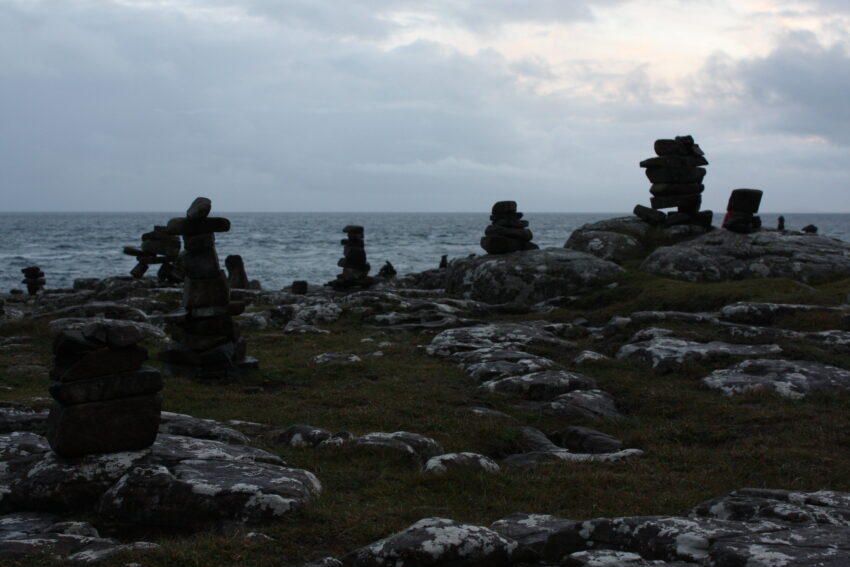
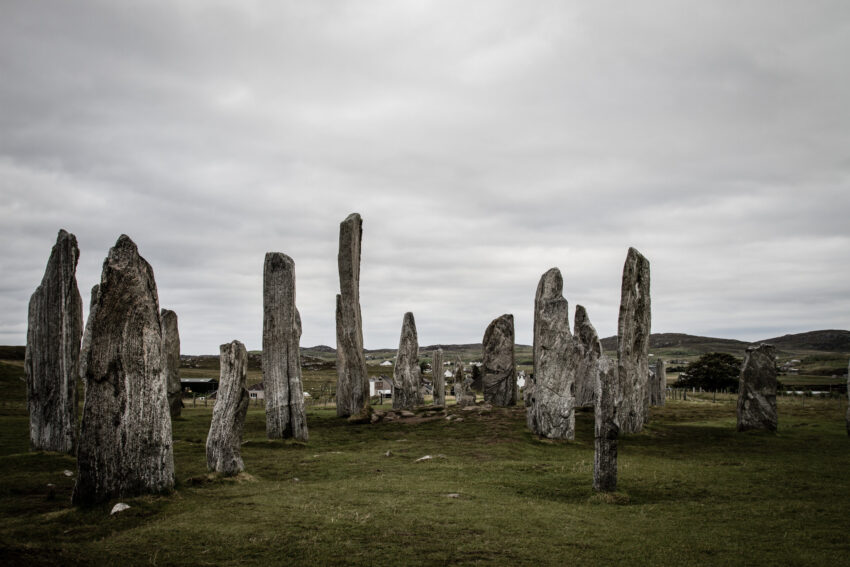
If you loved this article or found it useful, don’t forget to share it with your adventurous and travel-hacking friends! If you want more posts like this, follow us on Youtube, Instagram, Pinterest, Twitter or Facebook and subscribe to our newsletter!

